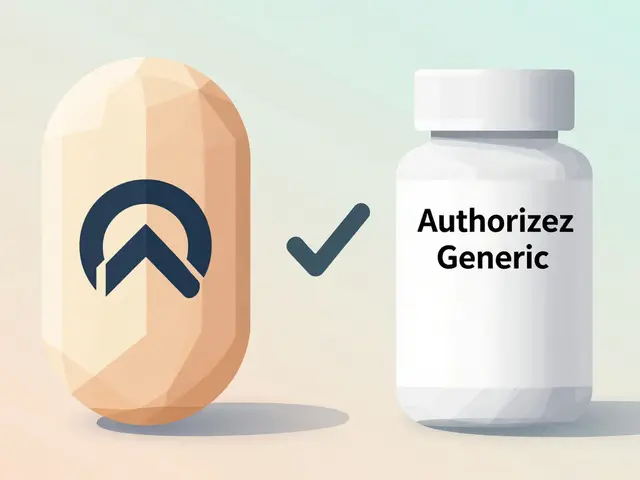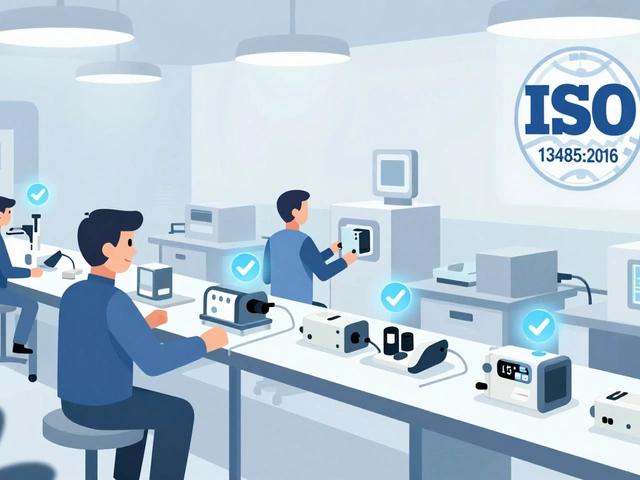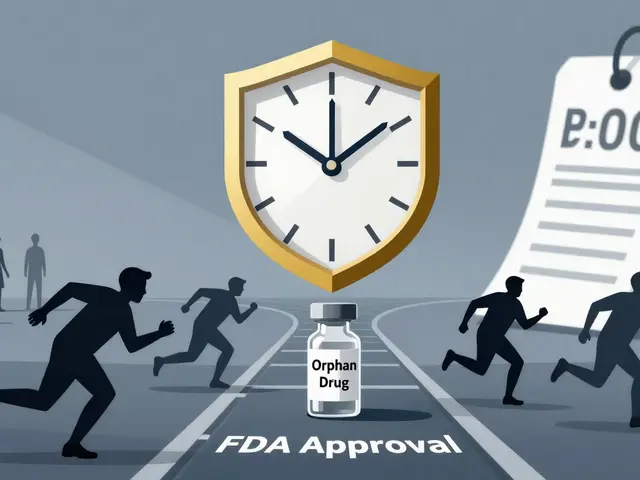Fertility treatments: clear options and practical next steps
Think IVF is the only way to get pregnant? That’s a common myth. Most people start with simpler, cheaper options and only move to IVF if needed. This page breaks down real choices, basic tests, likely costs, and easy steps you can take now to improve your chances.
Common treatment options and what they do
Fertility care usually follows a ladder: do the easy stuff first, then try more advanced steps. Medications come first for many couples. Letrozole or clomiphene stimulate ovulation in women who don’t ovulate regularly. If follicles grow but conception still doesn’t happen, injectable gonadotropins are the next step.
IUI (intrauterine insemination) places washed sperm directly into the uterus around ovulation. It’s quick, low‑invasive, and cheaper than IVF. Success rates vary, often 10–20% per cycle depending on age and diagnosis.
IVF (in vitro fertilization) involves stimulating the ovaries, retrieving eggs, fertilizing them in a lab, and transferring embryos. IVF has higher success per cycle, especially for older patients or blocked tubes, but it costs more and requires more monitoring.
Surgery can fix structural issues like blocked fallopian tubes or severe endometriosis. For low sperm counts or blockage on the male side, procedures or assisted techniques like ICSI (injecting a single sperm into an egg) are options. Egg or sperm freezing can preserve fertility ahead of treatments or medical treatments that threaten fertility.
Practical steps, tests, and realistic expectations
Start with basic tests before paying for advanced care. Tests to ask for: AMH (ovarian reserve), FSH, a pelvic ultrasound, hysterosalpingogram (HSG) to check tubes, and a semen analysis for your partner. These tests often point directly to the most effective next step.
Age matters. Female fertility declines steadily after the mid‑30s. That doesn’t mean treatment won’t work, but success rates drop and doctors often recommend moving faster for older patients.
Costs and timelines vary a lot. Expect months of tests and 3–6 months of medication/IUI before considering IVF. IVF cycles can cost thousands to tens of thousands depending on country and clinic. Insurance coverage varies—ask clinics about financing and refund programs.
Choosing a clinic: check live birth rates (not just pregnancy rates), ask about lab quality, embryo freezing policies, and how many cycles the clinic averages before recommending IVF. Talk to staff about side effects and recovery time so you know what to expect.
Small daily changes help: stop smoking, limit alcohol, aim for a healthy BMI, and manage stress. These won’t guarantee success but they improve response to treatment and overall health.
If you’re unsure where to start, see a fertility specialist after a year of trying (six months if you’re over 35). Bring records of menstrual cycles, prior tests, and any medical history. A clear, step‑by‑step plan from a specialist reduces wasted time and money.
Fertility care can feel overwhelming, but a focused approach—tests first, simpler treatments next, then IVF if needed—keeps things practical and closer to your real chances of success.
Clomid is a well-known medication used for inducing ovulation, but it might not be suitable for everyone. Emerging alternatives provide different mechanisms of action and benefits. Learn about alternatives like Femara, Metformin, and natural options such as Black Cohosh. This article explores pros and cons, helping individuals make informed fertility treatment choices.
Continue reading...






